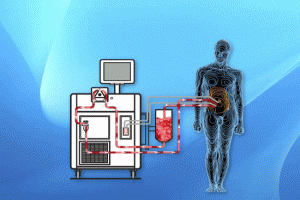Orthopaedics is a constantly evolving subspecialty where medical technology and research drives the development of new products used for reconstruction of body parts, specifically for hip and knee replacements or Knee Pain Stem Cell Treatment.
Emory has been on the forefront of investigating and using three materials for these replacements: ceramic on ceramic surfaces, metal on metal surfaces, or highly cross-linked polyethylene. These newer biomaterials can reduce wear rates by over 99 percent compared to previous materials, thus enhancing the life of the new hip or knee.
Adult reconstruction or hip and knee arthritis surgery delivers quality outcomes that make a dramatic improvement in a patient’s quality of life. At the first post-operative visit, patients are more comfortable, have less pain and are even more functional than before their surgery.
Orthopeadic surgeon James R. Roberson, MD, chairman, Department of Orthopaedics in Emory School of Medicine, and professor of orthopaedic surgery specializes in adult reconstructive surgery of the hip and knee.
Roberson has been involved in clinical research for more than 20 years to solve difficult problems of the arthritic hip and knee. He pioneered a minimally invasive surgery technique for knee replacement that allows him to use smaller incisions in certain patients who have uncomplicated conditions.
Visit Emory University Orthopaedics & Spine Center and Emory University Orthopaedics & Spine Hospital to learn more about orthopaedic services and watch a video about the hospital.






